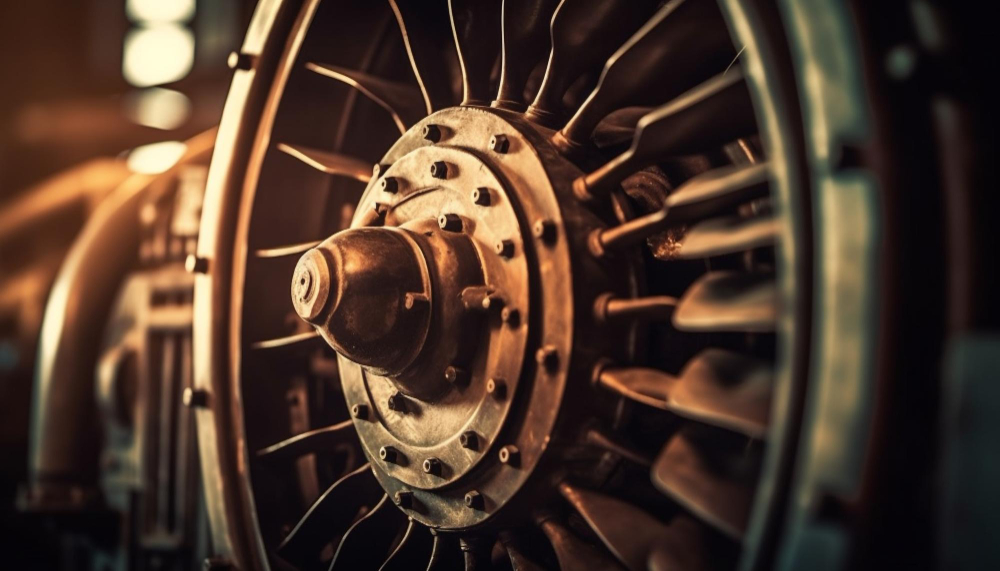
Every internal combustion engine needs a spark to get going—literally. That spark (or compression in diesels) must be triggered by a device powerful enough to turn the engine over from a complete stop. This critical job belongs to the starter motor, a compact yet essential part of any engine’s starting system.
In this blog, we’ll explore what a starter motor is, how it works, common types, and why proper maintenance matters more than you think.
What Is a Starter Motor?
A starter motor is an electric motor that initiates engine operation by rotating the engine’s crankshaft. It draws electrical power from the battery and turns the flywheel, enabling the engine to begin its internal combustion process. Once the engine starts, the starter motor disengages and stops running.
Without the starter motor, the engine wouldn’t turn over, meaning you wouldn’t be going anywhere.
How Does a Starter Motor Work?
The starter motor is typically powered by a 12V or 24V battery. Here’s a simplified breakdown of how it operates:
-
Ignition switch is turned on – sending an electrical signal to the starter solenoid.
-
Solenoid activates – engaging the pinion gear of the starter motor with the engine’s flywheel.
-
Motor spins – the pinion gear turns the flywheel, which rotates the crankshaft.
-
Engine fires – as combustion begins, the engine takes over and the starter disengages.
This entire process happens in seconds and is critical to reliable engine starts, especially in vehicles, boats, and generators.
Main Components of a Starter Motor
-
Electric Motor – Converts electrical energy into mechanical motion.
-
Starter Solenoid – An electromagnetic switch that connects the motor to the battery and engages the gear.
-
Pinion Gear – Engages with the flywheel to crank the engine.
-
Flywheel Ring Gear – Attached to the engine’s crankshaft and turned by the pinion gear.
-
Drive Mechanism (Bendix or Clutch Drive) – Allows engagement and disengagement of the pinion gear.
Types of Starter Motors
Direct Drive Starter
-
Simple and robust design
-
Common in older vehicles and equipment
Gear Reduction Starter
-
More compact with higher torque output
-
Popular in modern engines
Inertia Starter (Bendix Drive)
-
Uses engine motion to disengage gear
-
Less common today
Pre-Engaged Starter
-
Gear engagement happens before motor starts turning
-
Offers better control and longevity
Applications of Starter Motors
Starter motors are found in:
-
Automobiles – Cars, trucks, SUVs
-
Marine Engines – Boats, ships, and jet skis
-
Diesel Generators – Backup power systems
-
Heavy Machinery – Excavators, tractors, bulldozers
-
Motorcycles and ATVs
Each application may require a different size or configuration, but the principle remains the same: spin the engine until it fires.
Common Starter Motor Issues
Over time, starter motors can develop faults. Common problems include:
-
Clicking sound – Indicates low battery or faulty solenoid
-
Grinding noise – Worn pinion or flywheel teeth
-
No response – Electrical failure, dead motor, or poor connections
-
Slow cranking – Weak battery, worn motor, or high resistance
Maintenance and Troubleshooting Tips
-
Keep battery terminals clean and tight
-
Test the solenoid and motor voltage regularly
-
Listen for unusual sounds during start-up
-
Check wiring and fuses if the starter fails
-
Replace worn gears or solenoids as needed
-
Use high-quality parts suited to your engine’s specifications
Conclusion
The starter motor is one of the most vital yet overlooked components in any engine-powered system. Without it, your car won’t start, your boat won’t sail, and your generator won’t deliver power. Understanding how it works, recognizing signs of failure, and maintaining it properly can prevent unexpected breakdowns and ensure reliable performance.

